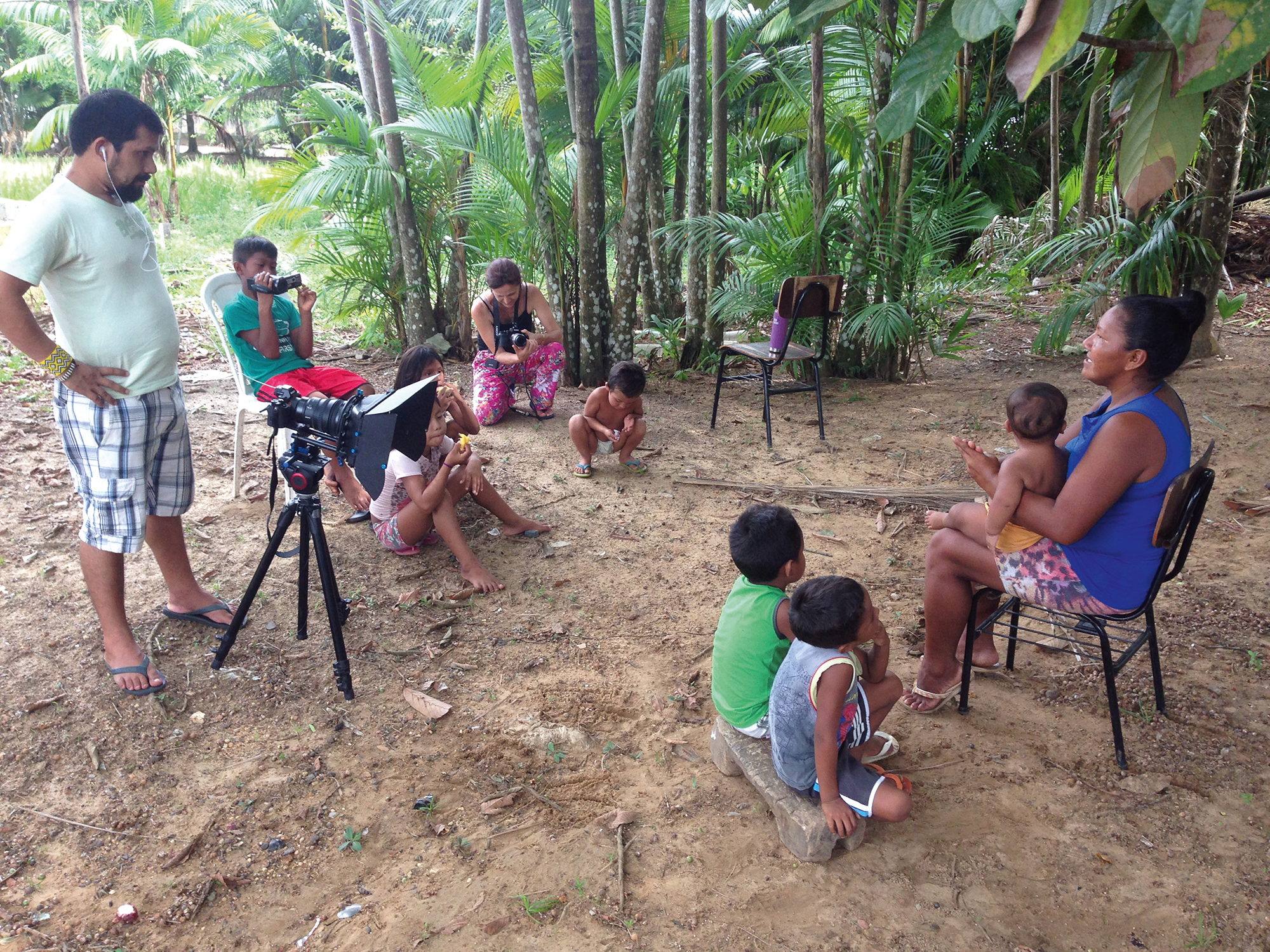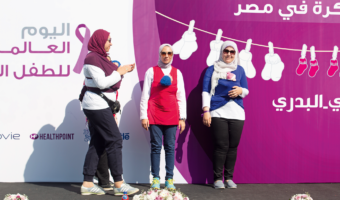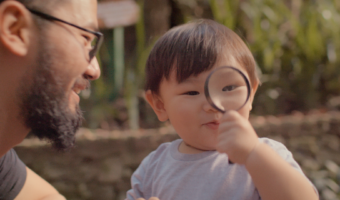In a wooden house in a poor neighbourhood of São Gabriel da Cachoeira, one of the most remote towns in the Brazilian Amazon, 15 indigenous women had come together to watch and discuss short movies. While the older children slipped out to play in the street, many mothers still had babies and toddlers in their laps.
‘What that Tukano woman says is right,’ said one. ‘When we lived in the jungle, we had such healthy food for our children. Fish, manioc, so many fruits! And here in the city, what do they eat? Chips and soda pop. Chicken and rice and beans sometimes.’
‘It’s not just the nutrition. It’s also a loss of culture,’ contributed a grandmother.
One mother organised a time to show other women how she had made her small yard into a garden. Another turned to a friend and said, ‘Lívia, I’m worried about the school. You know what they eat there …’
Lívia did know: not only did she have two young children in school, she worked in the government procurement office for school lunches. The meeting inspired her to act. She examined federal rules favouring local producers, sought out local indigenous rural cooperatives, evaluated their capability to produce and deliver their goods, and taught them how to apply for government contracts. Today, children in São Gabriel get local produce in their school lunches and snacks.
Four years ago, when the Brazilian NGO Usina da Imaginação (Shine a Light) founded CanalCanoa, the idea was for indigenous people to document their songs, stories and child-rearing practices on digital media; starting in 2016, a team of indigenous educators showed the resulting films to dozens of small groups, to stimulate discussion, reflection, and cultural action for early childhood. These ajuris de conhecimento (roughly ‘barn-raising sessions for knowledge’) serve as a kind of cultural video coaching, in which larger communities and ethnic groups can look at themselves in the mirror of the camera and movie screen to evaluate and adapt their own child rearing. Some 1186 adults and 1148 children participated in the project, with an additional 44,000 indirect beneficiaries through network effects, shared films, and cultural impact.
Amazonian culture is pragmatic. In traditional villages, the whole community comes together early every morning, talks about current issues – lack of fish or game, a proposal to clear a new manioc field, a pack of peccaries running wild – and develops collective strategies. The ajuris served the same purpose: a space for parents to come together with their neighbours to think about child rearing and solve common problems. The results of the project extended far beyond the original proposal, including dozens of issues important to indigenous parents and grandparents.
Lívia’s work in the school lunch programme is only one example of the pragmatic results. Other groups constructed new malocas (a kind of communal living space), developed collective fishing and fish-farming projects, shared fields to increase crop yields, created three new children’s theatre groups, documented dozens of traditional children’s stories and indigenous paediatric techniques, and formed almost a dozen new childcare collectives.
Indigenous values meet child development science
In dozens of interviews with participants in all but one of the 32 ajuri groups, we also evaluated the project in quantitative terms, based on criteria shared by the science of early childhood development and indigenous values. The results were fascinating.
‘After participating in seven ajuri sessions, parents and grandparents dramatically increased their multilingual stimulation of babies and young children.’
1. Language acquisition. The upper Rio Negro region – where São Gabriel is located – enjoys extraordinary linguistic wealth, with 27 ethnic groups speaking 22 languages (Lasmar, 2005). Kinship rules of many groups (Tukano, Aruwak, and some Baré) demand intermarriage with groups that have a different mother tongue, so children speak at least two, and often four or five, languages. Research shows that native multilingualism builds metalinguistic awareness, cognitive flexibility, and executive function (Center on the Developing Child, 2016). Sadly, as families move from villages into the city – and as village children integrate into the school system – fewer and fewer children speak native languages, even if many continue to understand them.
After participating in seven ajuri sessions, parents and grandparents dramatically increased their multilingual stimulation of babies and young children. Every interviewed participant changed the way they interacted linguistically with children or grandchildren, including four-fifths who began to speak more with them in native languages and three-fifths who began to tell them more stories. In 30% of the groups, parents and grandparents sang more to their children and, in another 30%, children began to request stories and songs, and tell or sing them to each other, young siblings and cousins.
2 Health and nutrition. In 56% of the urban ajuris, participants began to plant food at home. Three-fifths of participants said they had learned how to complement traditional and western medicine. In 70% of the ajuris, participants used more herbal and home remedies. In more than half of the groups, older women began to sell or distribute herbal remedies. The process also re-emphasised traditional shamanic focus on early childhood, with two groups motivated to document their own herb lore and two young men inspired to study as shamans.
Stronger social networks
The most important result, however, was not these pragmatic actions in themselves, but the improved social networks that emerged from them. As families move from villages to the city, they lose the strong intergenerational support networks necessary to raising children. By bringing parents and grandparents together – often with shamans, midwives, nurses and public health agents – CanalCanoa re-created this informal social safety net.
We had not even planned to document this result, but every single interviewed participant spontaneously cited it as important: over three-quarters mentioned increased respect for the knowledge of elders, while over two-thirds pointed to better dialogue with young people. Older participants explained that after the ajuris younger people welcomed traditional childcare techniques; younger people said that they felt more respected, more able to ask advice and to request support from their parents, grandparents, uncles and aunts, and better able to understand the advice. Relatives and neighbours participated more in childcare. This support network reduced the toxic stress that is common in the life of urban indigenous families.
These findings demand more research into the intervention’s long-term consequences: has it stimulated a cultural change? Will participants continue to pass these practices on to their peers? Direct research with children could show whether the Rio Negro – a context so different from most studies of early childhood development – bears out findings from elsewhere that connect language teaching, nutrition, support networks, and stress reduction to improved development results. Despite these caveats, we believe the CanalCanoa model is an important tool for NGOs and public policy directed towards improving the context of care for young indigenous children.
References can be found in the PDF version of this article.



